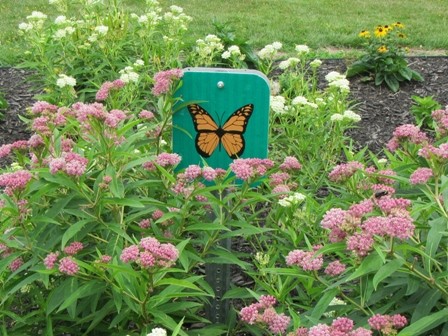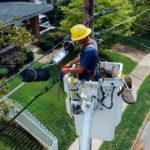HUDSON VALLEY- June is National Pollinators Month and officials at the New York State Department of Transportation (NYS DOT) spoke to Mid-Hudson News about the expansion of the department’s Pollinator Program. In recent years pollinator numbers have been dwindling, which can have a long-term impact on farming and food production.
The United States Department of Agriculture describes a pollinator as any animal that visits flowers in their search for food. During a visit for nectar and pollen, a pollinator may accidentally brush against the flower’s reproductive parts unknowingly depositing pollen from flower to flower. The plant then uses the pollen to produce a fruit or seed.
According to experts, one of ever three bites of food that humans take can be traced back to the work of a pollinator, and farmers rely heavily on the success of pollinators to boost their crop yields.
Heather Pillsworth, Public Information Officer at NYS DOT, the number of bees, birds, bats, moths, and Monarch butterflies have reduced significantly in recent years, due in large part to climate change.
“Climate change and global warming have had a tremendous impact on pollinators, and on our ecosystem in general,” said Pillsworth. She explained that pollinators are suffering because their food and homes are disappearing.
That is why the NYS DOT began, and continues to expand, it’s Pollinator Program. The program involves planting wildflowers and bushes in areas near highways to provide pollinators environments in which they can thrive.
“Pollinators are a crucial part of the ecosystem,” said David Corrigan, an Engineer with NYSDOT. “We’ve planted a lot of areas along the Hurley Rail Trail, and throughout the region and state to encourage pollinator gardens along the sate highway system.” We have expanded the Pollinator Program to over a half-million square feet in Ulster County alone,” said Corrigan.
If you have garden space on your property, you can help by planting bright flowers that naturally attract pollinators.








